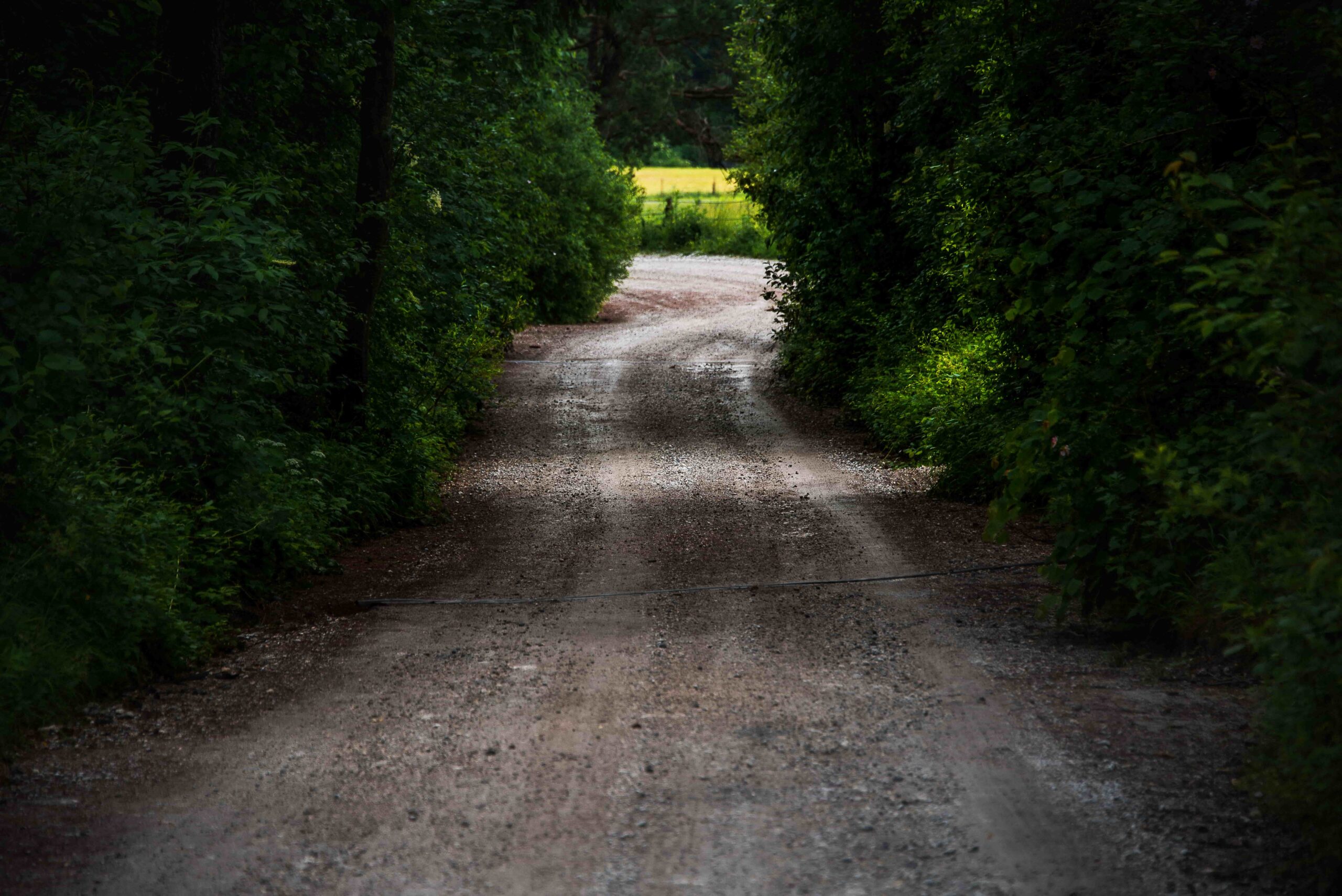
Sorry, This Page Does Not Exist!
All who wander are not lost... but you appear to be.
All who wander are not lost... but you appear to be.

Company
Community
Receive training tips and more.
Sign up for the latest information from ClassicalU!
| Cookie | Duration | Description |
|---|---|---|
| AWSELB | session | This cookie is associated with Amazon Web Services and is used for managing sticky sessions across production servers. |
| cookielawinfo-checkbox-advertisement | 1 year | The cookie is set by GDPR cookie consent to record the user consent for the cookies in the category "Advertisement". |
| cookielawinfo-checkbox-analytics | 11 months | This cookie is set by GDPR Cookie Consent plugin. The cookie is used to store the user consent for the cookies in the category "Analytics". |
| cookielawinfo-checkbox-functional | 11 months | The cookie is set by GDPR cookie consent to record the user consent for the cookies in the category "Functional". |
| cookielawinfo-checkbox-necessary | 11 months | This cookie is set by GDPR Cookie Consent plugin. The cookies is used to store the user consent for the cookies in the category "Necessary". |
| cookielawinfo-checkbox-others | 11 months | This cookie is set by GDPR Cookie Consent plugin. The cookie is used to store the user consent for the cookies in the category "Other. |
| cookielawinfo-checkbox-performance | 11 months | This cookie is set by GDPR Cookie Consent plugin. The cookie is used to store the user consent for the cookies in the category "Performance". |
| elementor | never | This cookie is used by the website's WordPress theme. It allows the website owner to implement or change the website's content in real-time. |
| referer | session | This cookie is used for storing the navigation and click stream data. It prevents from Cross Site Request Forgery(CSRF) attack. |
| viewed_cookie_policy | 11 months | The cookie is set by the GDPR Cookie Consent plugin and is used to store whether or not user has consented to the use of cookies. It does not store any personal data. |
| Cookie | Duration | Description |
|---|---|---|
| _gat | 1 minute | This cookies is installed by Google Universal Analytics to throttle the request rate to limit the colllection of data on high traffic sites. |
| AWSELBCORS | session | This cookie is used for load balancing, inorder to optimize the service. It also stores the information regarding which server cluster is serving the visitor. |
| Cookie | Duration | Description |
|---|---|---|
| _ga | 2 years | This cookie is installed by Google Analytics. The cookie is used to calculate visitor, session, campaign data and keep track of site usage for the site's analytics report. The cookies store information anonymously and assign a randomly generated number to identify unique visitors. |
| _gid | 1 day | This cookie is installed by Google Analytics. The cookie is used to store information of how visitors use a website and helps in creating an analytics report of how the website is doing. The data collected including the number visitors, the source where they have come from, and the pages visted in an anonymous form. |
| vuid | 2 years | This domain of this cookie is owned by Vimeo. This cookie is used by vimeo to collect tracking information. It sets a unique ID to embed videos to the website. |
| Cookie | Duration | Description |
|---|---|---|
| NID | 6 months | This cookie is used to a profile based on user's interest and display personalized ads to the users. |
| Cookie | Duration | Description |
|---|---|---|
| __Host-airtable-session | 1 year | No description available. |
| __Host-airtable-session.sig | 1 year | No description available. |
| brw | 1 year | No description available. |
| mv | 30 minutes | No description |
| redirect_to | session | No description available. |

